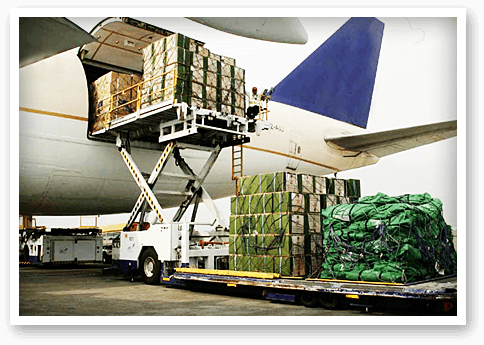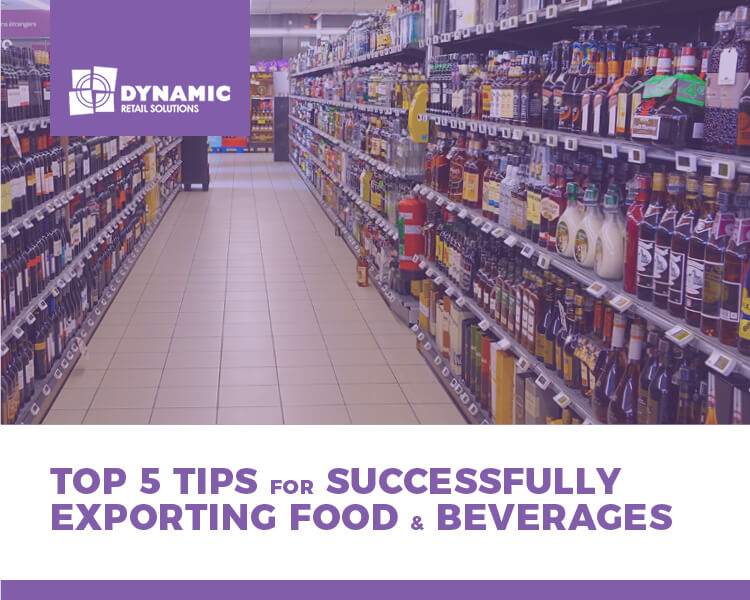High in quality, clean, and healthy, Australian products in the food and beverage industry have a fantastic reputation abroad. This means that the market is in a wonderful position for producers who want to take their first steps into foreign territories. Of course, before you can simply start shipping your products out to as many customers as possible you need to make sure that you have a plan of action in place. Exportation is not a simple feat, particularly when you think of all the different rules and regulations you need to follow. Fortunately, the following tips could help to ensure that you start your journey on the right foot when exporting food and beverages.

1. Celebrate “Brand Australia”
Australia has a fantastic reputation for its high standards when it comes to food and beverages, and that’s something that you want to take advantage of when you’re exporting your products to other countries. Fortunately, if you don’t know how to show your proud heritage yourself, there are plenty of tools out there that can help you to wave the Australian flag abroad. For instance, the “Australian Made” logo is a great way to get started when you want to attract attention to your products.”
2. Do Your Homework
The decision to expand your brand into different countries can be an exciting one. However, it’s important not to rush in without doing your homework. You’ll need to spend some time speaking to the experts before you start, and make sure that you visit any potential export markets too. Understand the local customs, the environment you’ll be trading in, and the consumers you’ll be working with.
A good place to start your education is online. You can find plenty of useful guidelines and documents from the Australian government to help you here.
3. Learn about Local Laws and Regulations
While you’re learning as much as you can about exportation and how you need to prepare your products to go across seas, it’s important to brush up on your knowledge of local laws and regulations in different countries. Many of these laws are specifically designed to protect customers and support better transparency when it comes to product management.
One thing to keep in mind is that traceability has become more important in Asian markets, with many government regulations now demanding that food and beverage products be traceable all the way from the point of harvest to the point of sale.
4. Protect Yourself Against Counterfeiters
Counterfeiting is a common problem in every industry, but it’s a mounting concern for the food and beverage world. The wine industry has been exposed to the problem of counterfeiting for quite some time now, with “Benfolds” wine bottles appearing that have the same shape and appearance as the famous Penfold wine, and so on.
Falling victim to counterfeit products can hurt your profits, and damage your brand reputation, particularly if people start to associate your company with the poor quality of counterfeited items.
5. Simplify Processes Wherever Possible
Finally, you should look for ways to make your exporting experience as efficient and simple as possible. Examine your manufacturing processes and think about how you can increase productivity and reduce costs. For instance, you might implement an automated facility that makes it easier to package your goods without as many employees.
Whatever you do, remember that expanding overseas will always be a big decision that requires a lot of planning and attention-to-detail. However, if you do it right, it can be your key to bigger, more sustainable profits.
To find out more about Exporting Food and Beverages please contact us directly on 0424 503 837 or fill in an online enquiry form with us and someone will be in touch with you as soon as possible.

